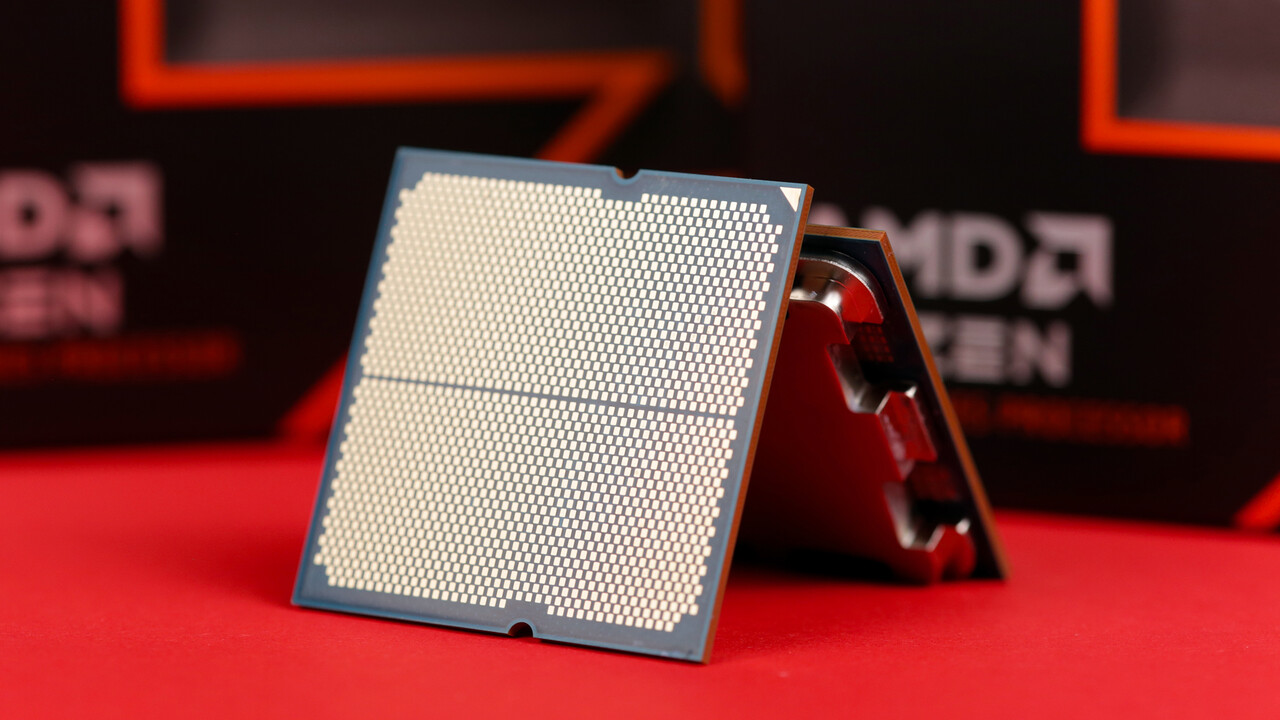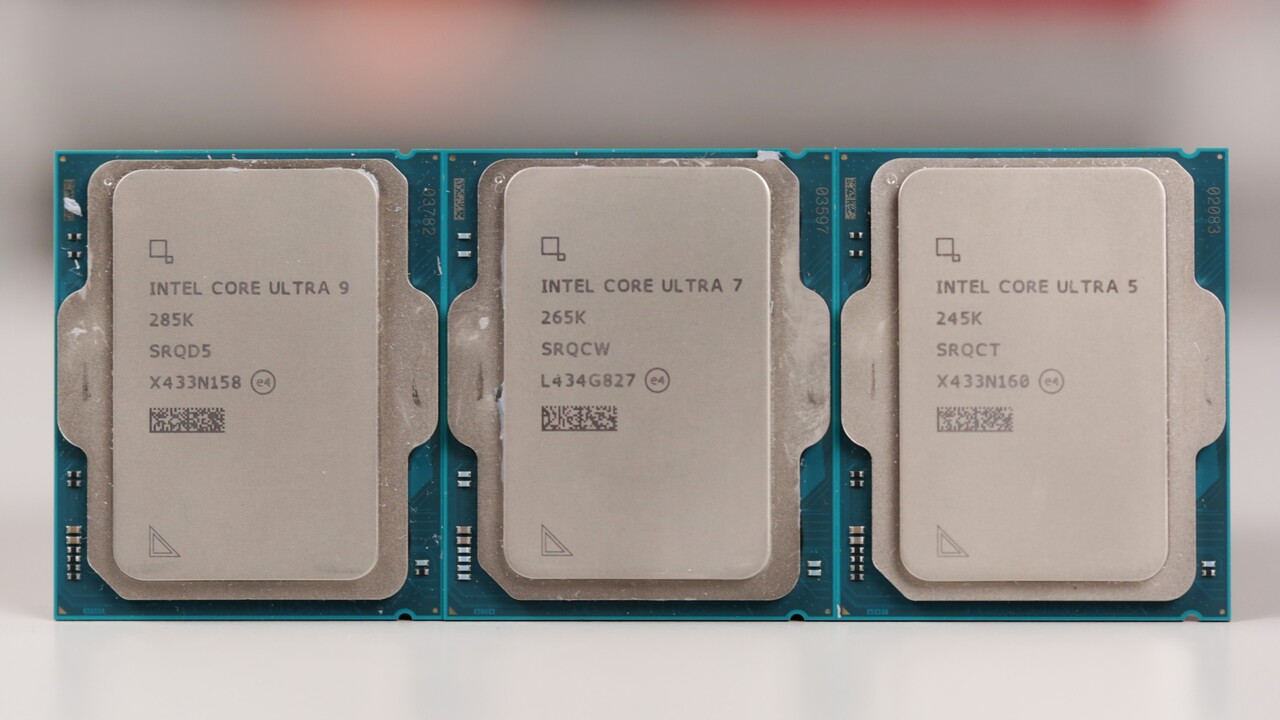Samsung and Synopsys: GPU Acceleration Ensures Speed for Semiconductor Companies
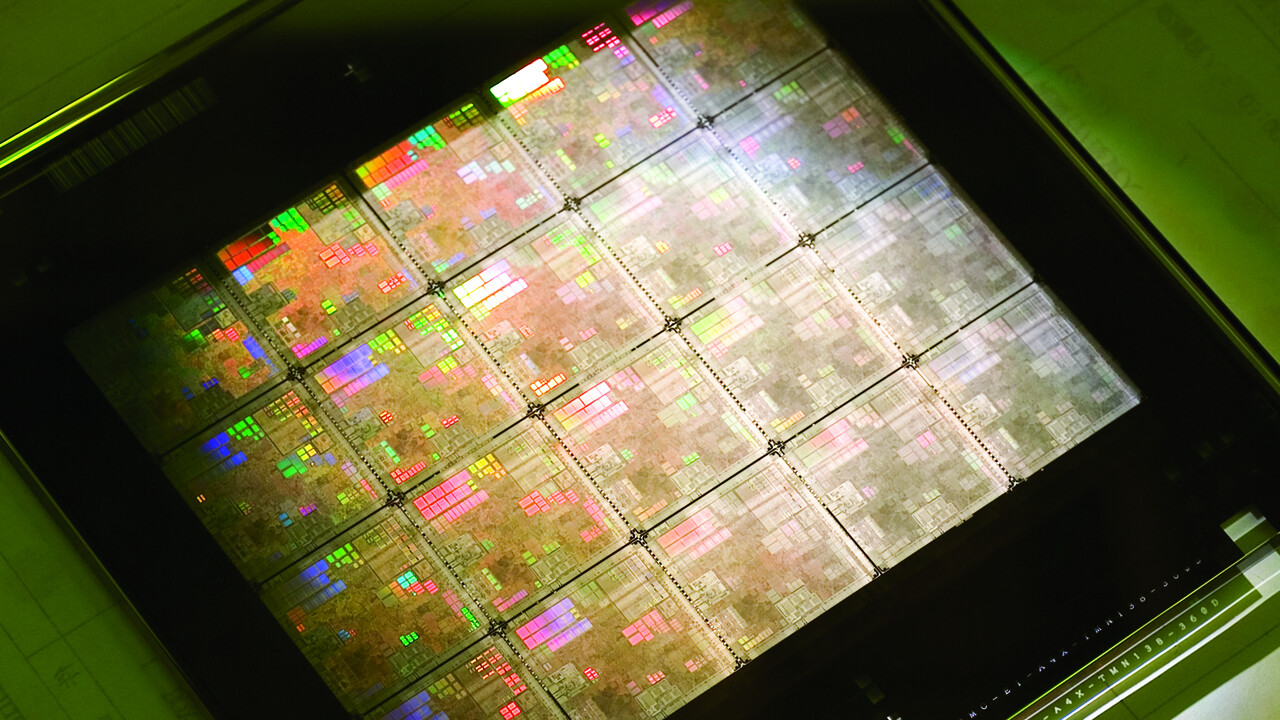
Samsung and Synopsys: GPU Acceleration Ensures Speed for Semiconductor Companies
Image: nvidia
Semiconductor manufacturer Samsung Semiconductor and semiconductor design software company Synopsys see GPU acceleration on NVIDIA HARD and Software as huge leaps in exposure mask calculation and circuit simulation. For GTC 2025, they provided an overview of previous experiences.
After ASML, TSMC, and Synopsys were initially mentioned as supporters of the software library for GPU-accelerated exposure mask calculation for the initial announcement of Nvidia Culitho, Samsung Semiconductor now wants to use it in production. Culitho Accelerates Computational Lithography
Nvidia’s Culitho is expected to support and accelerate computational lithography, i.e., optical proximity correction (OPC) calculations and inverse lithography technology (ILT), which have so far been performed on processors and have been time-consuming. As in many industries, GPUs are also expected to perform these calculations in the future, and the Times will be massively reduced. Computational lithography explains the reports on the original announcement and for serial use at Synopsys and TSMC.
Samsung reduces computational time by one-sixth.
In general, OPC calculations could also be accelerated using GPUs. The Culitho software library, one of more than 400 in NVIDIA’s Cuda-X portfolio, can lead to additional acceleration or initially ensure huge leaps compared to pure CPU computing.
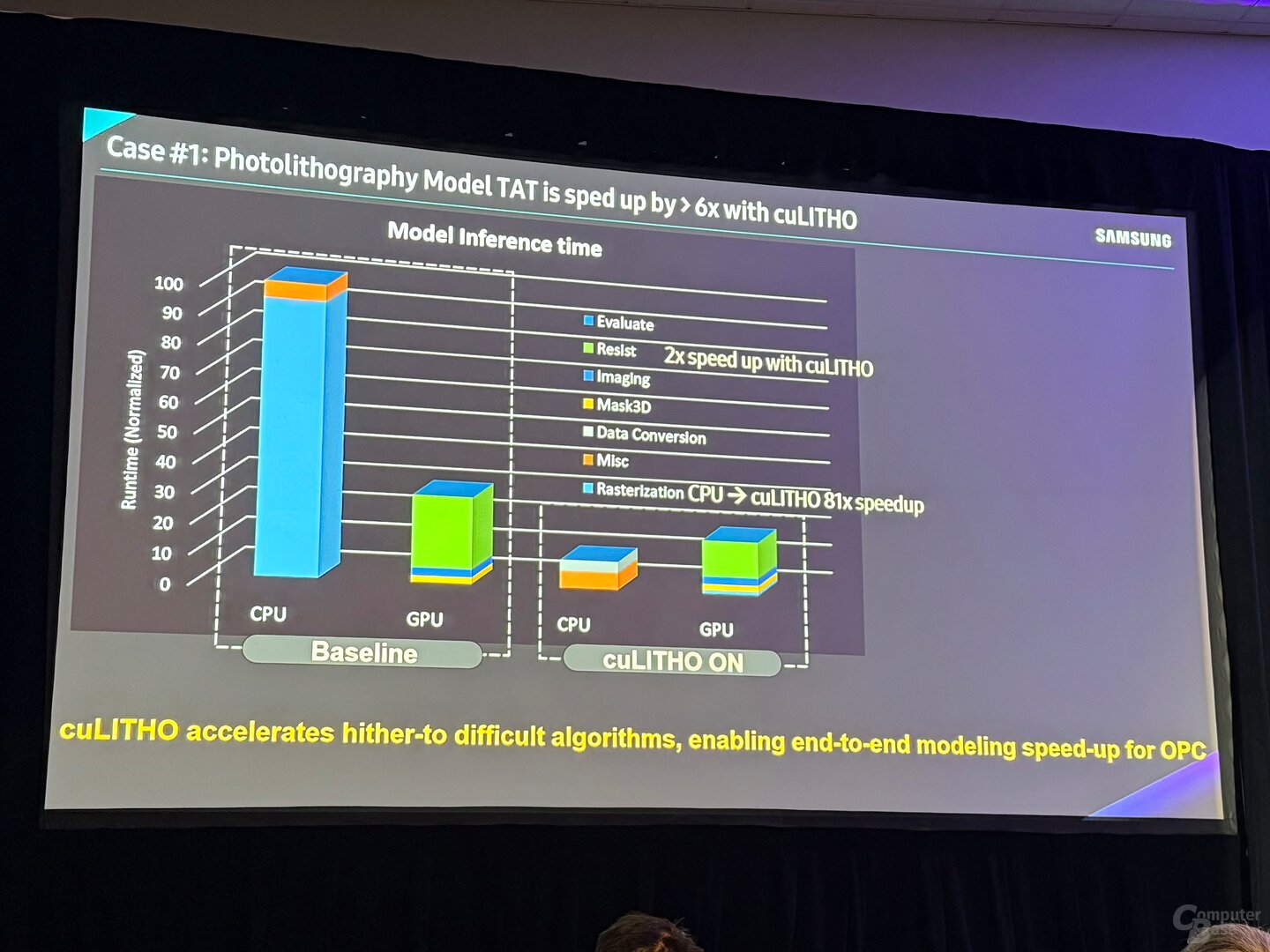
Mask computation with GPUs at Samsung Figure 1 of 2
In photolithography, Samsung Semiconductor was able to reduce inference computation time by a quarter with GPU support, later by a sixth with Culitho. Culitho is also used for new etching processes, which are also more often adapted to the company than lithography processes, which could halve the turnaround time (ACT), i.e., the processing time. According to the company, the computation is based on a GPU cluster with A100.
15 times the speed of Synopsics
Artificial intelligence is also used in several areas for the semiconductor design analysis (EDA) software company Synopsics. For example, the company offers its customers a copilot (Synopsys.ai Copilot) in its own software that can answer questions, generate scripts, or create summaries. Nvidia Culitho initially provided OPC and ILT with A100 accelerators for a 5x faster computational speed. With the new Synopsys H100, it achieves a 15x acceleration, and to upgrade to H200, the company predicts a 20x increase over CPU computing.
Synopsys Copilot
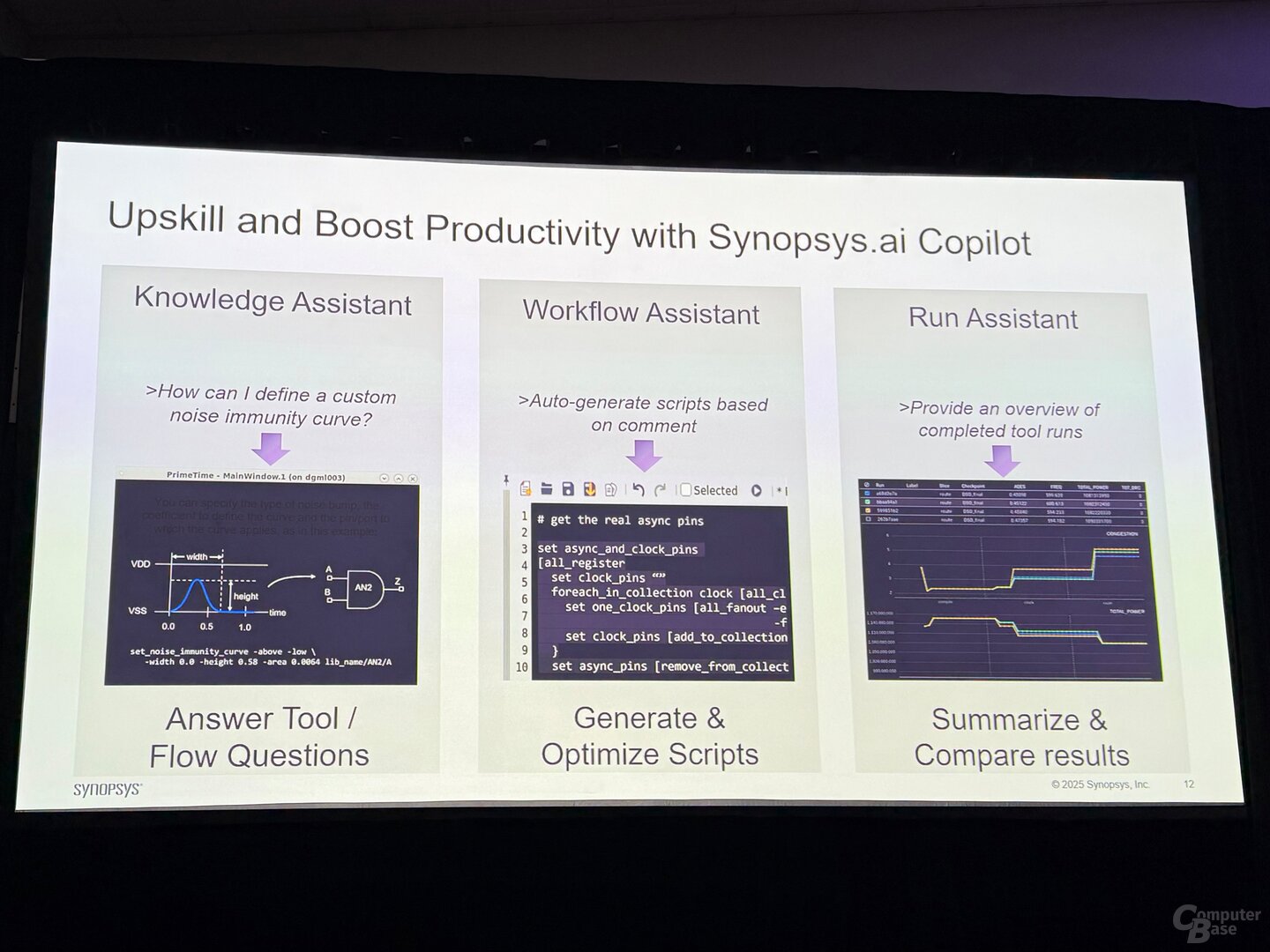
Circuit simulation takes days
Synopsys also relies on NVIDIA GPUs for circuit simulation and RC member analysis within their proprietary Primesim software. For the analysis of RC members in the Power Delivery Network (PDN), i.e., the power supply using the silicon via (TSV) using a multi-layer HBM stack as an example, Synopsys has over 70 million RC members in the power supply and 10 million MOSFETs for the actual HBM layers that must be examined for errors. This task in Synopsys Primesim when using processors, 14 hours with one GH 200 and only 6 hours with four GH200s takes 30 hours.
Power Delivery Network at HBM at Synopsys
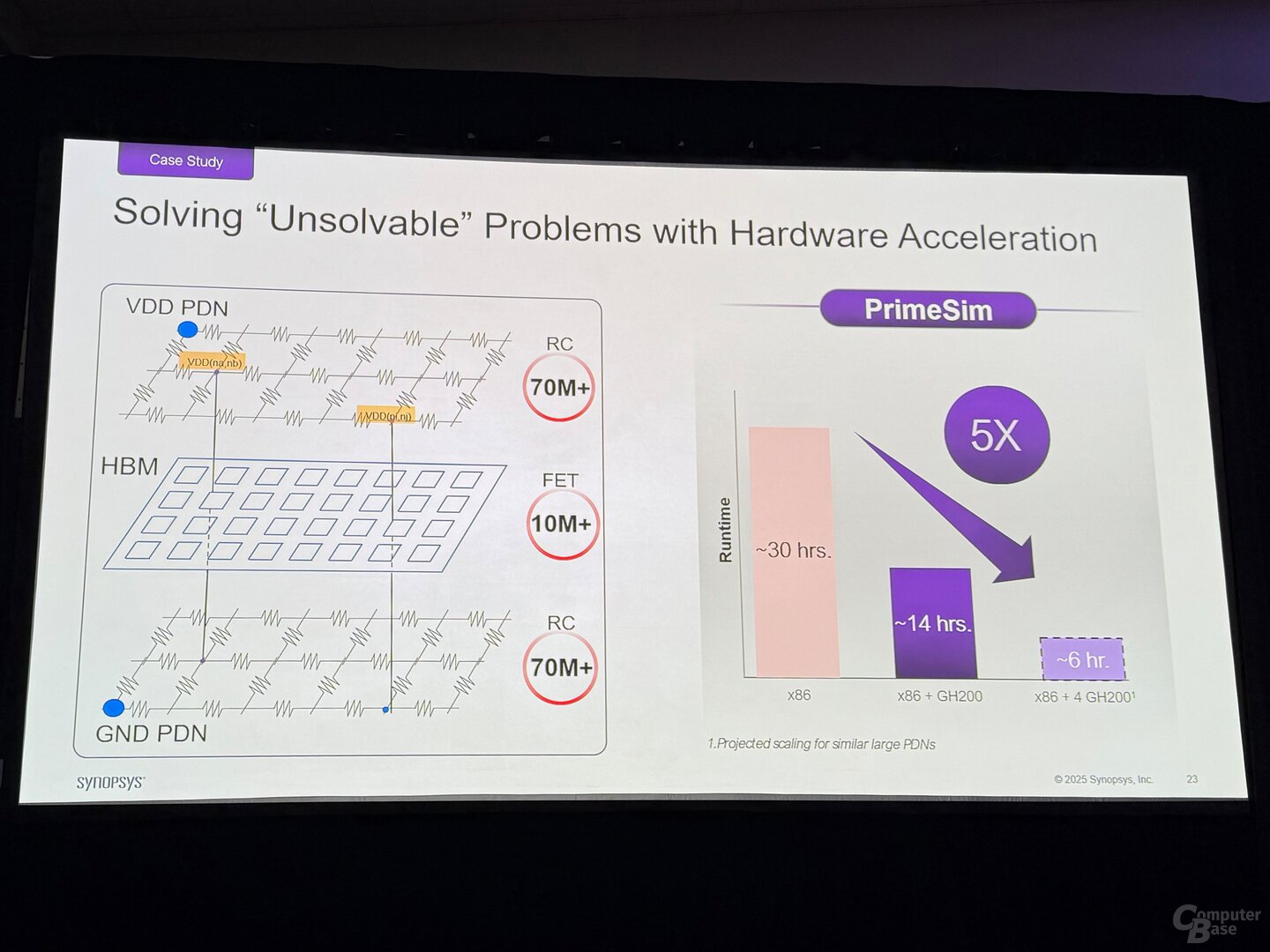
Flash has over 40 million RC members in the power supply plus 150 million field-effect transistors (FETs). Analysis using the CPU takes 104 hours, 39 hours with Nvidia’s A100 and 23 hours with four AMPERE accelerators. For SRAM, analyzing the power delivery network with 400 million and therefore significantly more RC members takes 19 days on the CPU. Using the H100 GPU, the process can be reduced to 6 days, or three H100s to 3 days, almost seven times shorter.
Techastuce received information about this article from Nvidia at an event the manufacturer held in San Jose, California. The cost of arrival, departure, and five hotel accommodations were covered by the company. There was no manufacturer influence or obligation to report.
Topics: Artificial Intelligence, Semiconductor Industry, Nvidia, Nvidia GTC 2025, Samsung Processors, Source: Nvidia, Samsung, Synopsys

Marc deciphers processors by testing their performance for gaming, content creation, and artificial intelligence.
